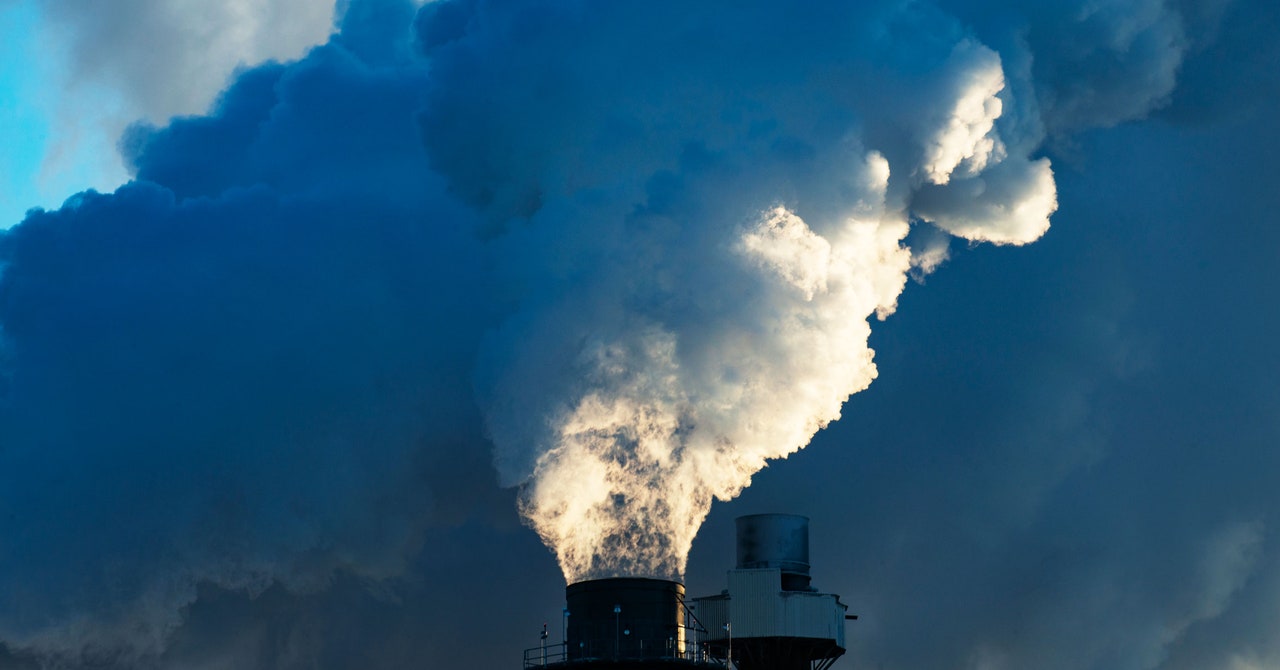
The nebulousness of how these international exchanges will work makes it very difficult to agree on what net zero even means. “The definition of what is net zero, nobody has the faintest idea,” says Janos Pasztor, executive director of the Carnegie Climate Governance Initiative. Broadly speaking, a net-zero nation should add and remove the same amount of carbon to the atmosphere, he continues, “but what that means, and how you measure it, and how you demonstrate it, that remains to be seen.”
And more crucially, these experts say, aiming for zero isn’t aiming low enough. We’ll have to remove some of the carbon that’s already in the atmosphere. “We’re almost certainly going to pass 1.5 in the next few decades,” says Hausfather. “And so the only way to get back down to 1.5 C is to actively suck carbon out of the atmosphere. There’s pretty much no other way to do it.”
“The reality is that we didn’t do what we should have done 30 years ago, which is to reduce our emissions back then enough so that we wouldn’t be in the situation where we are today,” agrees Pasztor. “Now it’s too late simply to reduce emissions.”
Carbon-Capturing Technologies
The US government seems to have gotten the message: On Tuesday, the White House announced the Carbon Negative Shot (a play on a “moonshot”), an initiative for accelerating the development of carbon removal technologies. In a new report, the White House acknowledges that certain industries will stubbornly resist decarbonization—think manufacturing and rail transportation. “Because of this,” the report says, “removals of CO2 from the atmosphere will be critical to enable the United States to reach net-zero by 2050 and to achieve net negative emissions thereafter.”
Carbon-capturing technologies come in two main varieties. Carbon capture and storage, or CCS, means grabbing the emissions from fossil fuel power plants and storing them. Carbon dioxide removal, or CDR, involves free-standing machines that suck in air and pass it over membranes that pull out the CO2. (This technology is also called direct air capture.) Basically, capture and storage methods would sequester the emissions a nation is currently producing, while the air removal methods would sequester legacy emissions already in the atmosphere.
But what happens with that CO2 once it’s been captured? One option is to dissolve it in water—sort of like the world’s biggest glass of soda—and pump it underground into highly reactive basalt rock, which absorbs the carbon and locks it away. Injecting captured CO2 underground is a fairly permanent solution. (Unless a supervolcano blows all that material sky-high.)
Another option is to turn it into fuel for airplanes and cargo ships. Both are hard-to-decarbonize parts of the transportation industry, given the size of the machines. This strategy isn’t actually carbon-negative, but carbon-neutral: The carbon is pulled out of the air, burned again, and returns to the atmosphere. It’s better than digging up more fossil fuels, and it reduces the demand for new fuel sources, but it’s still not an overall reduction.


